Summaries of books about Biology:
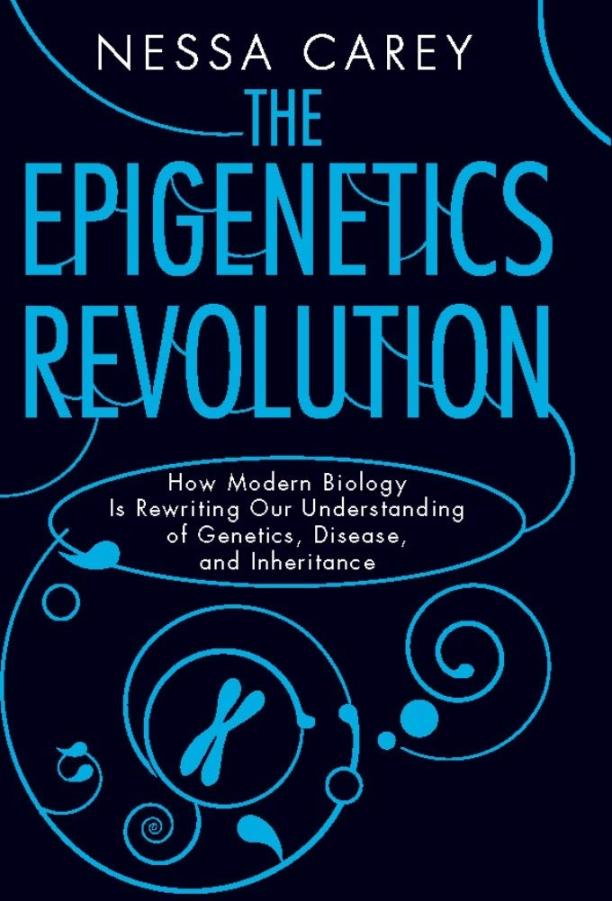
The Epigenetics Revolution
How Modern Biology Is Rewriting Our Understanding of Genetics, Disease, and Inheritance
Nessa Carey
The book explores the field of epigenetics, detailing how gene expression is influenced by external factors without altering the DNA sequence itself. It discusses the implications of these mechanisms for understanding genetics, disease, and heredity, and how they challenge traditional views on biological inheritance.
See full summary
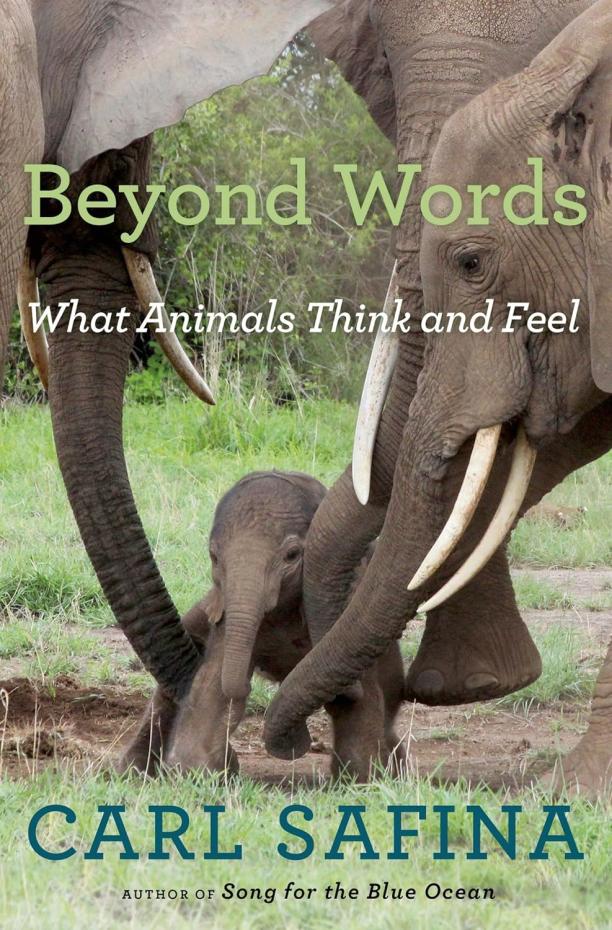
Beyond Words
What Animals Think and Feel
Carl Safina
The book explores the rich emotional lives of animals, delving into the inner worlds of elephants, wolves, and killer whales to reveal their intelligence and the complexity of their social behaviors. It challenges the traditional view of human exceptionalism by presenting compelling evidence of deep similarities between humans and other animals in experiencing joy, grief, jealousy, and love.
See full summary
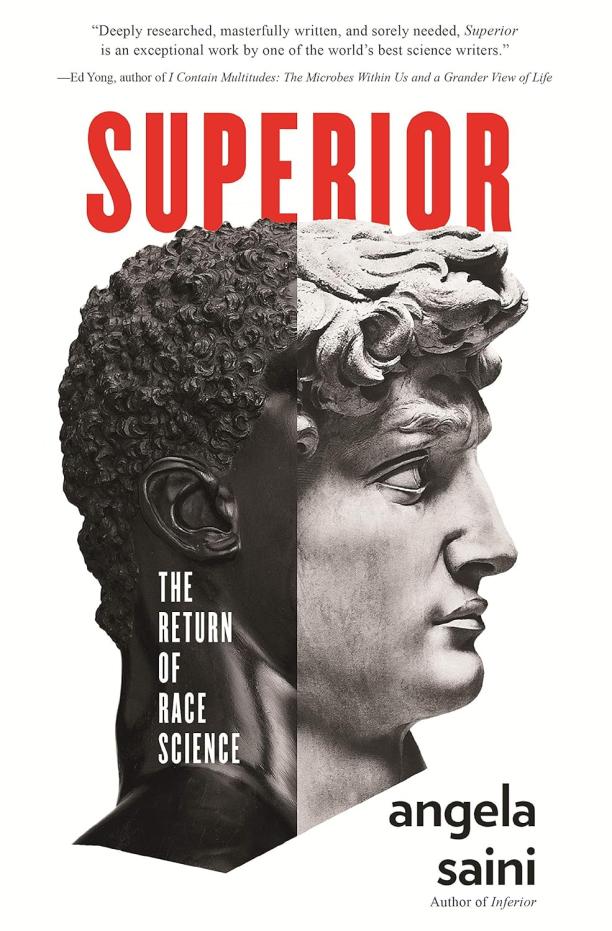
Superior
The Return of Race Science
Angela Saini
The book critically examines the resurgence of race science in contemporary society, debunking the pseudoscientific claims that attempt to link intellectual and physical traits to racial differences. It explores the history and impact of race-based research, highlighting its flawed methodologies and the social and political agendas that often drive it.
See full summary

Subliminal
How Your Unconscious Mind Rules Your Behavior
Leonard Mlodinow
The book explores the influence of the subconscious on decision-making and behavior, revealing how much of what we do is shaped by brain processes we are not aware of. It delves into scientific research and psychological studies to demonstrate the hidden power of the unconscious mind in our everyday lives.
See full summary
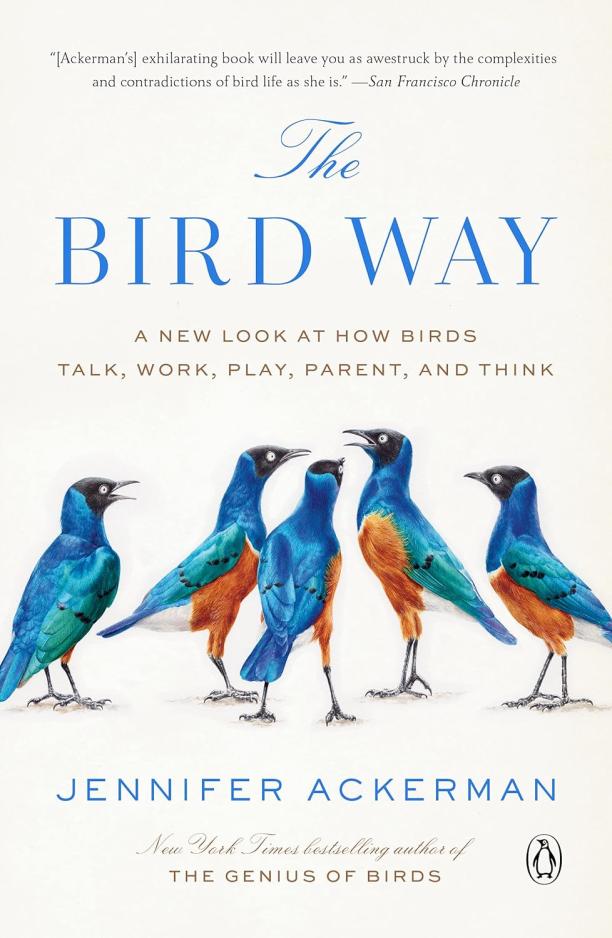
The Bird Way
A New Look at How Birds Talk, Work, Play, Parent, and Think
Jennifer Ackerman
The book explores the latest scientific research on bird behavior, revealing surprising insights into their communication, social structures, and intelligence. It challenges traditional views by presenting evidence of birds' abilities to sing in regional dialects, use tools, play, collaborate, and exhibit unique parenting styles.
See full summary
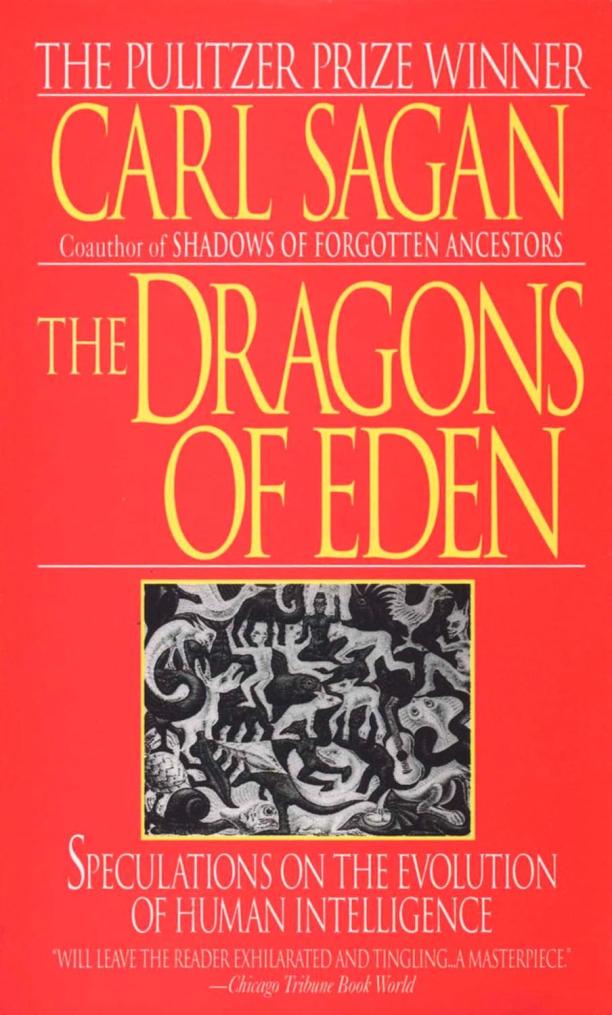
The Dragons of Eden
Speculations on the Evolution of Human Intelligence
Carl Sagan
The book explores the development of the human brain and the evolution of intelligence, drawing parallels between the rise of humans and the possible evolution of intelligence in other creatures, including the extinct dinosaurs. It delves into various aspects of cognition, including the function of the brain's two hemispheres, the process of learning, and the role of genetics and environment in shaping intelligence.
See full summary
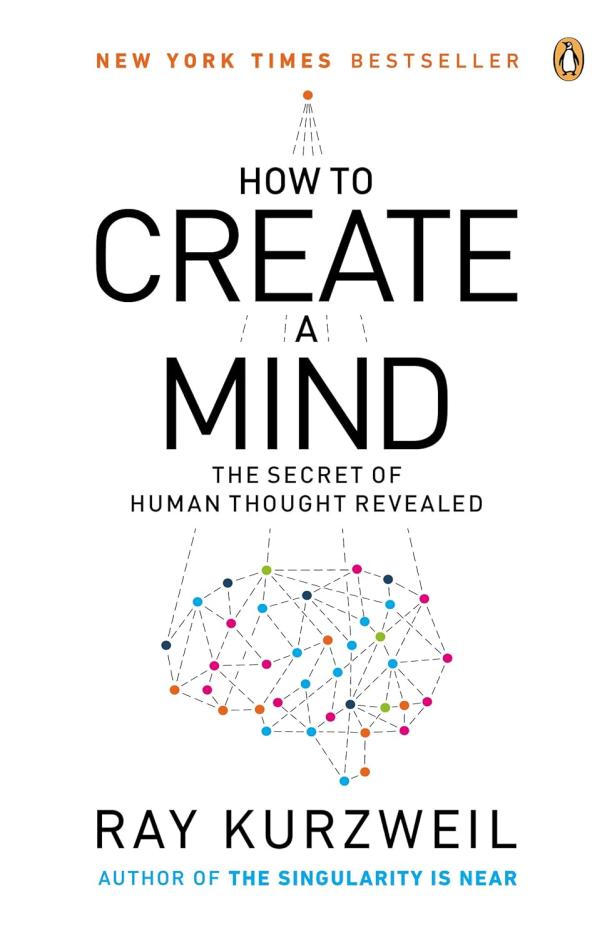
How to Create a Mind
The Secret of Human Thought Revealed
Ray Kurzweil
The book explores the theory of how the human brain functions like a pattern recognition machine, and it proposes a model for creating artificial intelligence that mimics the neocortex's hierarchical structure. It delves into the implications of such advancements for understanding human intelligence and the future of AI development.
See full summary

The Meaning of Human Existence
Edward O. Wilson
The book explores humanity's place in the universe, discussing our intellectual and emotional capabilities, our social structures, and our impact on Earth's biodiversity. It examines the tension between individual and group selection in evolution, and advocates for a deeper understanding of our species to address global challenges.
See full summary

Hallucinations
Oliver Sacks
The book explores the diverse types of hallucinations experienced by individuals, delving into the neurological mechanisms and cultural contexts that give rise to these vivid, often misunderstood phenomena. It presents a range of case studies and personal narratives to illustrate the human brain's capacity for creating false perceptions in the absence of external stimuli.
See full summary
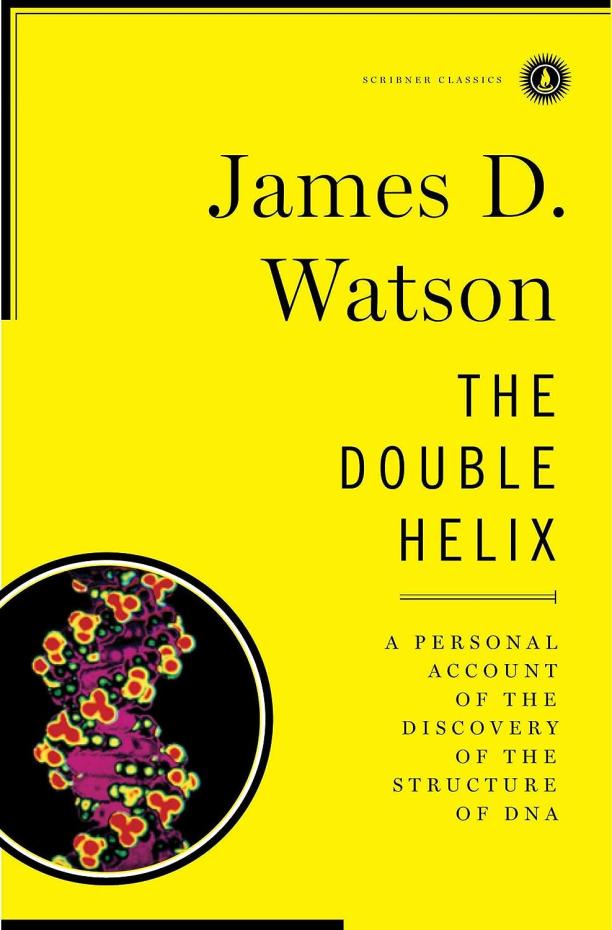
The Double Helix
A Personal Account of the Discovery of the Structure of DNA
James D. Watson
The narrative provides an insider's perspective of the scientific race to uncover the structure of DNA, focusing on the collaborative efforts, personal rivalries, and the pivotal contributions of researchers like Rosalind Franklin. It details the intellectual journey and the critical experiments that led to Watson and Crick's groundbreaking identification of the double helix model in 1953.
See full summary